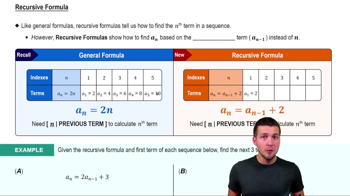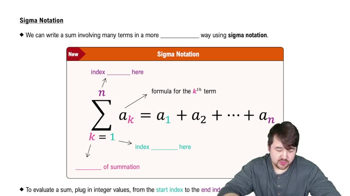Identify what angle, , satisfies the following conditions.
; >
 Verified step by step guidance
Verified step by step guidance Verified video answer for a similar problem:
Verified video answer for a similar problem:



 5:4m
5:4mMaster Converting between Degrees & Radians with a bite sized video explanation from Patrick
Start learning